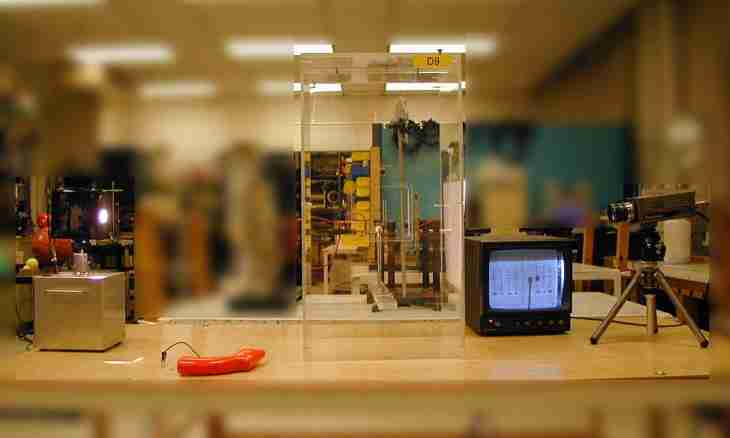According to Coulomb's law, force of interaction of motionless charges is directly proportional to the work of their modules, at the same time it are inversely proportional to a distance square between charges. This law is fair also for dot charged bodies.
Instruction
1. The law of interaction of motionless charges was opened in 1785 by the French physicist Charles Coulon, in the experiments he studied forces of an attraction and pushing away of the loaded balls. Coulon made the experiments by means of tortional scales which he designed. These scales had very high sensitivity.
2. In the experiments the Pendant investigated interaction of balls which sizes were much less distance between them. Charged bodies which sizes can be neglected in certain conditions are called dot charges.
3. The pendant made a set of experiments and established dependence between force of interaction of charges, the work of their modules and a square of distance between charges. These forces submit to the third law of Newton, at identical charges they are pushing away forces, and at different — attractions. Interaction of motionless electric charges is called Coulomb or electrostatic.
4. Electric charge is the physical quantity characterizing ability of bodies or particles to enter electromagnetic interactions. The experimental facts demonstrate that there are two sorts of electric charges — positive and negative. Heteronymic charges are attracted, and of the same name — make a start. In it the main difference between electromagnetic forces and gravitational which are always attraction forces consists.
5. Coulomb's law is carried out for all dot charged bodies whose sizes it is much less than a distance between them. The proportionality coefficient in this law depends on the choice of a system of units. It is equal in the International SI system 1/4πε0 where ε0 — an electric constant.
6. Experiments showed that forces of Coulomb interaction submit to the principle of superposition: if the charged body interacts with several bodies at the same time, then the resulting force will be equal to the vector sum of forces which affect this body from other charged bodies.
7. The principle of superposition says that at the fixed distribution of charges of force of Coulomb interaction between any two bodies will not depend on presence of other charged bodies. This principle should be applied with care, when it comes to interaction of charged bodies of the final sizes, for example, of two carrying-out spheres. If to bring loaded a sphere to the system consisting of two loaded spheres, interaction between these two spheres will change because of redistribution of charges.

